What You Need to Know About 3003 Aluminum Alloy
 When it comes to elements, aluminum is available in large quantities on the crust of the earth. As a metal, it is a useful material for many industries. There exist various kinds of metallic aluminum, which are called aluminum alloys, which differ in characteristics.
When it comes to elements, aluminum is available in large quantities on the crust of the earth. As a metal, it is a useful material for many industries. There exist various kinds of metallic aluminum, which are called aluminum alloys, which differ in characteristics.
Some of them include 3000 aluminum, alloy 2011, 6061 aluminum, and alloy 1100. To understand what are combined metals, you must know the procedure involved in alloying. First, there must be metallic components such as copper, magnesium, and steel.
According to recent studies, steel constitutes approximately $30 billion of revenue in the United States. Next, these elements of metal are combined with a non-noble metal, which in this instance, is aluminum. This article explores more on the properties and uses of 3003 aluminum.
Physical Characteristics of 3003 Aluminum
Combined metals such as aluminum alloys differ in formability, machining, corrosion resistance, strength, and heat tolerance. Types and proportion of alloying components determine the difference. The 3003 aluminum alloy is commonly used, and for commercial purposes, manganese is added to boost its strength.
It is superior to alloy 1100 as it is 20% higher in strength. On the strength metrics, the alloy 3003 ranks on medium and is made hard by cold work. Alloys which are of the 3xxx grade are hardened without any heat treatment.
The work-hardening procedure involves mechanical distortion, such as hammering and rolling. Depending on the method applied during hardening, it can have more significant designations, such as the H18-hardened 3003 aluminum (3003-H18). When it comes to corrosion resistance, weldability, and formability, it is rated excellent.
Fabrication Process
Different metals react to fabrication methods in distinctive ways. All alloys, including stainless steel, aluminum alloys, and copper brass, have different manufacturing processes. Most industries prefer to use aluminum as a raw material because of its metal fabrication process.
Whether for use in automobiles, spacecraft, or solar panels, some level of fabrication is essential for the aluminum components to meet their standard. With new technology, the process is less complicated. Alloys made from aluminum are typically supplied as unfinished products like the coil, plate, sheet, tube, and wire.
The various forms are then manufactured into finished goods through many processes. Cutting is usually achieved through shearing, chiseling, or sawing.
The Bending Property of 3003 Aluminum Alloy
Numerous techniques can be used to bend aluminum, including three-roll bending, three-point bending, stretch forming, wrap, and mandrel. The appropriate method depends on the form of an alloy. Three roll bending involves a main flexible roller that is progressively caved in the workpiece until a suitable radius is attained.
Just like three-roll bending, the three-point bender slowly or instantly applies an object through. The two methods of bending are implemented in inactive regions. Regarding bending, due to its formability, aluminum is the primary material.
3003 aluminum alloy bends easily, which allows for a large radius and high elasticity. The least acceptable bend radius is subject to factors like temper, mandrel functions, alloy, and cross-sectional measurements. For this reason, it is difficult to give a general rule regarding the bend radii.
Typical Applications
Since aluminum is used in several industries, including aerospace, it is referred to as a general use alloy. In the building sector, the 3003-aluminum alloy is used in roofs, folded sheets, sidings, and acoustic ceilings. Storage containers, fabricated metal products, and pipes are utilized in the food and chemical industry.
One of the significant applications of 3003 aluminum alloy is in the cooling units of heat engines including radiators since it is light and thermal conducive. For the heating and cooling system, the alloy is used in air conditioning evaporators, car radiators, and heat exchangers. Other popular applications include cooking utensils, ice cube trays, refrigerator panels, fuel tanks, and pressure vessels.
The aluminum grade on this alloy makes it ideal for various uses. You can get a wide range of applications of the 3003-aluminum alloy due to its response to certain factors like bending, heat treatment, and hardening.


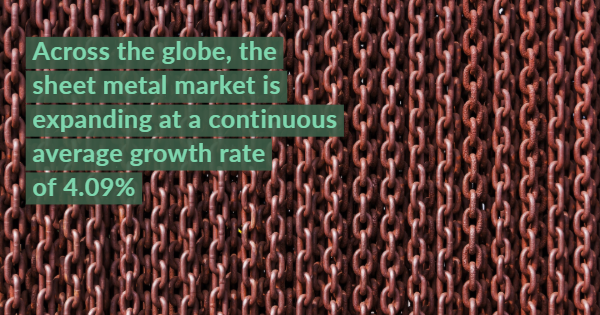 Whether you work in aerospace parts, chemical etching, or stamping, the quality of your combined metals has an enormous impact on the overall quality of your work and your output. In turn, the reputation of your facility also hinges on the durability of your parts. When you find yourself asking questions such as “
Whether you work in aerospace parts, chemical etching, or stamping, the quality of your combined metals has an enormous impact on the overall quality of your work and your output. In turn, the reputation of your facility also hinges on the durability of your parts. When you find yourself asking questions such as “ From transport to the medical industry, metals are useful and reliable. Statistics from the United States Bureau of Labor Statistics indicate that the metal fabrication sector will grow by 9% between 2016 and 2026. This is a clear indication that copper, brass and other combined metals are in huge demand.
From transport to the medical industry, metals are useful and reliable. Statistics from the United States Bureau of Labor Statistics indicate that the metal fabrication sector will grow by 9% between 2016 and 2026. This is a clear indication that copper, brass and other combined metals are in huge demand.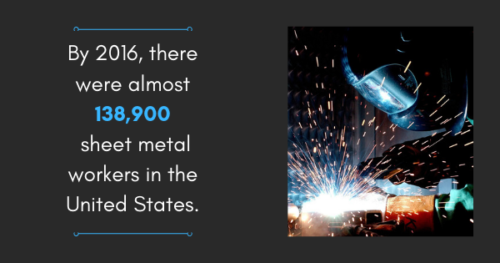 Metal fabrication pays a big role in the economy. Consider that there were almost 138,900 sheet metal workers in the U.S. in 2016 alone. The metal fabrication industry not only provides jobs to thousands of people but also plays a big role in day to day activities. How? Let’s take a quick look. But first, we need to review some basics about metal fabrication.
Metal fabrication pays a big role in the economy. Consider that there were almost 138,900 sheet metal workers in the U.S. in 2016 alone. The metal fabrication industry not only provides jobs to thousands of people but also plays a big role in day to day activities. How? Let’s take a quick look. But first, we need to review some basics about metal fabrication.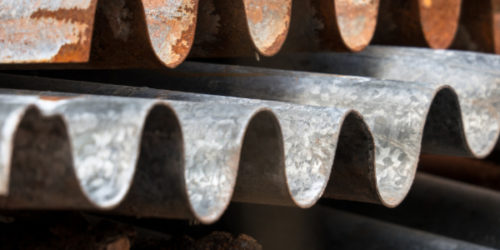 Most of us are familiar with sheet metal. This is metal that has been cut into thin metal strips. It is quite a versatile material because it is a great insulator and very pliable. Here are five industries that make good use of
Most of us are familiar with sheet metal. This is metal that has been cut into thin metal strips. It is quite a versatile material because it is a great insulator and very pliable. Here are five industries that make good use of 
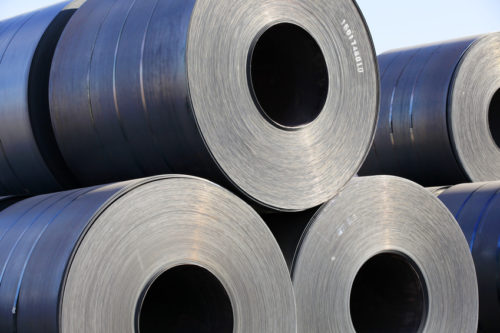 Are you looking for a new supplier for your durable, stainless steel sheets? The stainless steel market is flourishing and it is important to find the right supplier to meet your unique business needs.
Are you looking for a new supplier for your durable, stainless steel sheets? The stainless steel market is flourishing and it is important to find the right supplier to meet your unique business needs.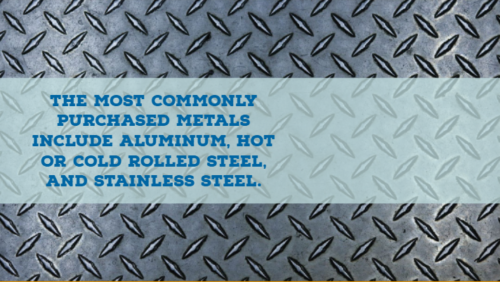 Thin sheet metal is one of the most commonly used materials throughout construction. In fact, it’s used across so many different industries it’s likely the most widely-produced construction material in the world. And there’s a reason for that. Let’s take a look at a few different industries that use
Thin sheet metal is one of the most commonly used materials throughout construction. In fact, it’s used across so many different industries it’s likely the most widely-produced construction material in the world. And there’s a reason for that. Let’s take a look at a few different industries that use